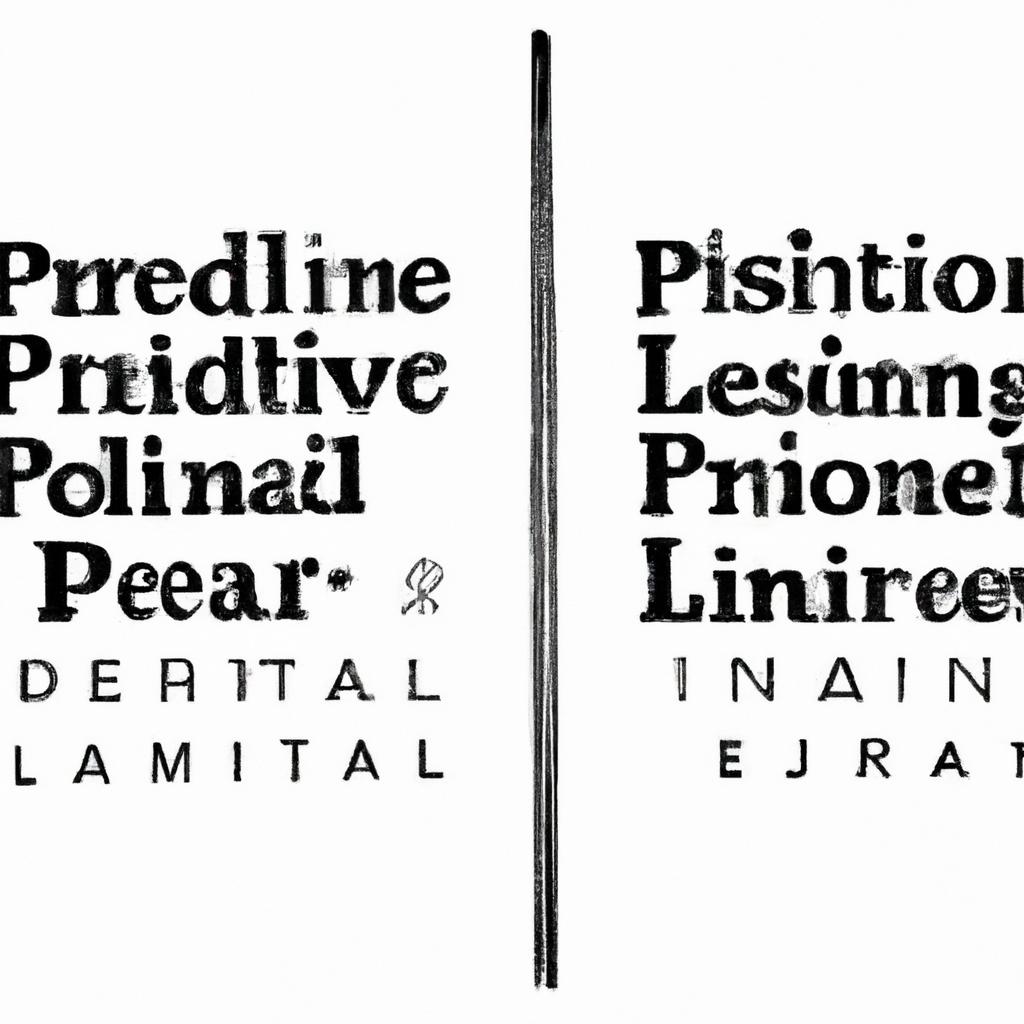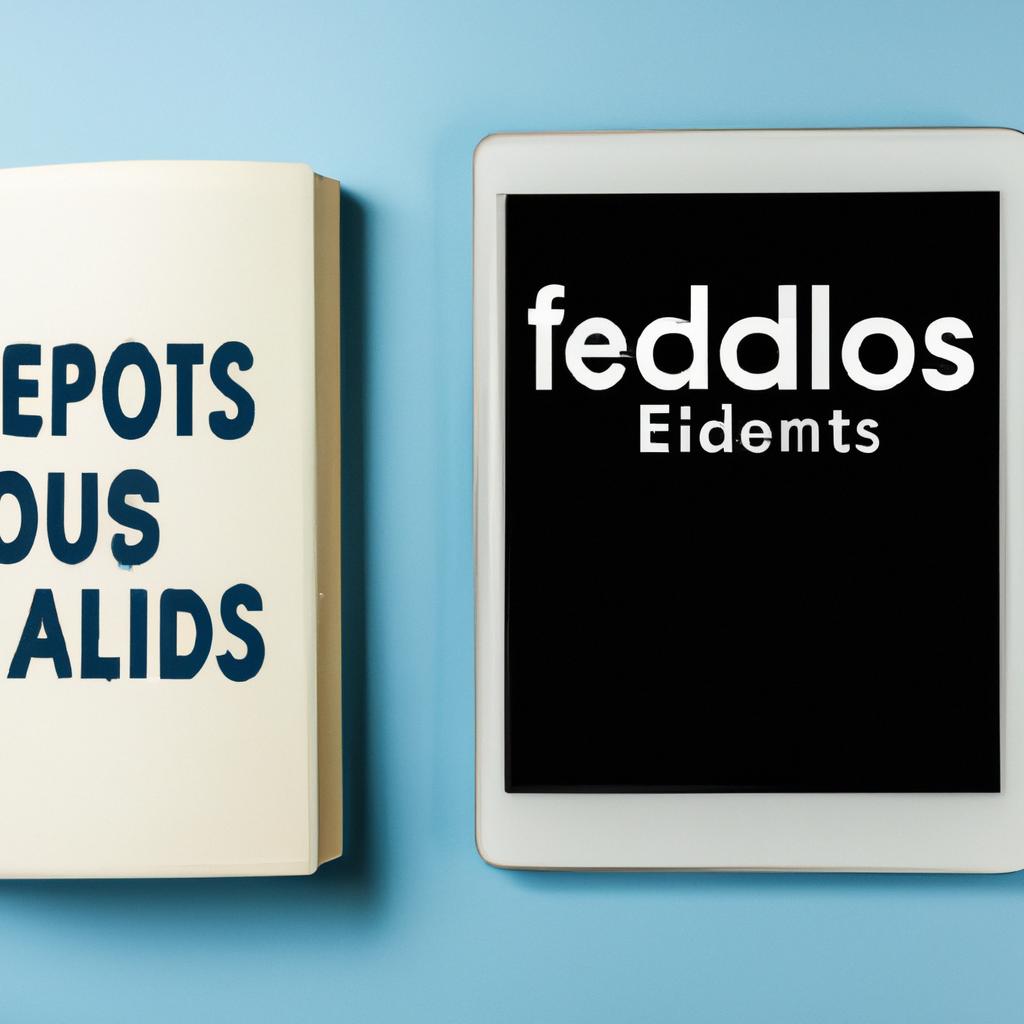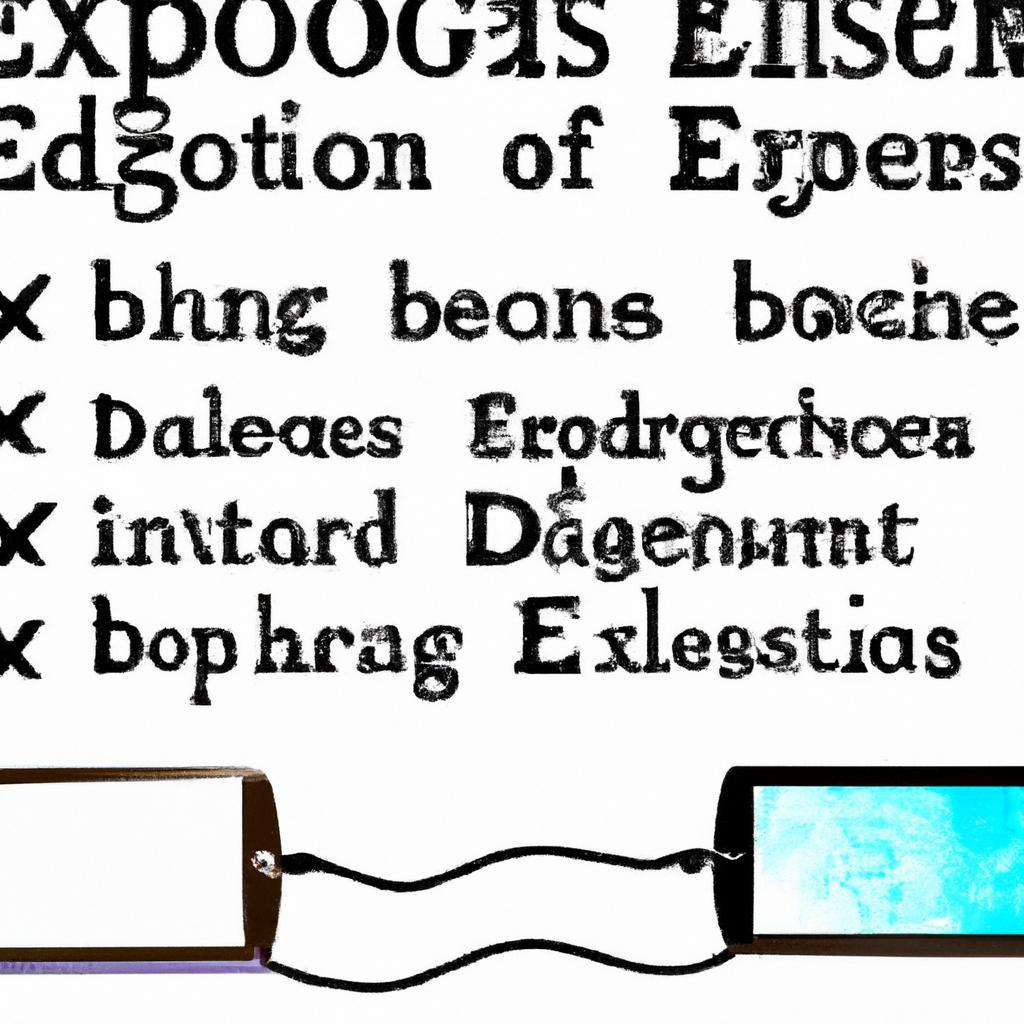In an age where technology seamlessly intertwines with our everyday pursuits, the art of reading has undergone a compelling transformation. E-book readers, those sleek devices that hold libraries’ worth of texts in the palm of our hand, have surged in popularity, challenging the traditional print format that has captivated bibliophiles for centuries. As we embark on this exploration of digital reading, we find ourselves at a crossroads, weighing the pros and cons of e-book readers in a world where convenience often meets nostalgia. Are these digital companions the future of literature, offering an array of benefits that enhance our reading experience, or do they come with drawbacks that detract from the essence of books? Join us as we delve into the multifaceted landscape of e-book readers, untangling the threads of convenience, accessibility, and the sensory joy of flipping through the pages of a physical book.
Digital Versus Print: Navigating the Landscape of Reading Preferences
The evolution of reading habits has sparked a lively debate between digital and print formats, each offering unique advantages that cater to different preferences. Those who favor **digital reading** often cite the following benefits:
- **Portability**: Carry an entire library in a single device.
- **Accessibility**: Adjustable font sizes and built-in dictionaries enhance readability.
- **Interactivity**: Multimedia elements can enrich the reading experience.
On the other hand, **print enthusiasts** cherish their tactile connections to books, highlighting aspects such as:
- **Aesthetic appeal**: The smell and feel of paper create a unique sensory experience.
- **Focus**: Fewer distractions compared to digital devices that often bombard users with notifications.
- **Retention**: Many studies suggest that reading in print may lead to better comprehension and memory retention.
| Digital Reading | Print Reading |
|---|---|
| Convenient for travel | Physical ownership |
| Battery required | No technology needed |
| Often cheaper | Supporting local bookstores |
| Easy access to updates | Unplugged experience |
Ultimately, the choice between digital and print reading boils down to personal preference, influenced by how one engages with text, context, and emotional connection to the written word.

Features to Consider: Finding Your Ideal E-Book Reader
When searching for the perfect e-book reader, it’s essential to evaluate several key features to ensure you make an informed choice. Start by considering **screen size and resolution**, as these factors greatly affect readability and user experience. A larger screen can mimic the feel of a physical book, while higher resolution ensures crisp text and images. Next, think about **battery life**; an ideal reader should last for weeks rather than days, keeping your e-reading uninterrupted. Don’t overlook **storage capacity** either, since having ample space lets you carry an extensive library without weighing you down. Additionally, compatibility with various file formats can enhance your reading options. Be mindful of **connectivity options**; Wi-Fi may suffice, but cellular support could be crucial for downloading books on the go. look at **additional features**, such as built-in lighting for nighttime reading, waterproof designs for outdoor use, and the presence of note-taking or bookmarking functionalities that can enrich your reading experience.
| Feature | Importance |
|---|---|
| Screen Size | Enhances readability |
| Battery Life | Longer usage between charges |
| Storage Capacity | Holds more books |
| File Format Support | Flexibility in book choices |
| Connectivity Options | Access books anywhere |
| Additional Features | Improves reading experience |
Wrapping Up
As we reach the end of our exploration into the world of e-book readers, the choice between digital and traditional reading remains a deeply personal journey. Each format carries its own unique set of advantages and drawbacks, inviting us to reflect on our reading habits and preferences. Whether you find solace in the familiar crack of a paper spine or the convenience of a sleek screen, what truly matters is the joy of reading itself.
In this ever-evolving landscape, e-book readers present an intriguing blend of accessibility, portability, and innovation that appeals to many modern readers. Yet, they also spark nostalgia for the tactile experiences that physical books offer. As we close this chapter, consider the factors that resonate most with you—be it cost, convenience, or the sensory pleasures of printed pages. Ultimately, the choice is not solely about technology but about how we connect with stories and ideas that shape our world. Embrace the format that speaks to your heart, and remember: every page—digital or otherwise—turns us into explorers of imagination and insight. Happy reading!


